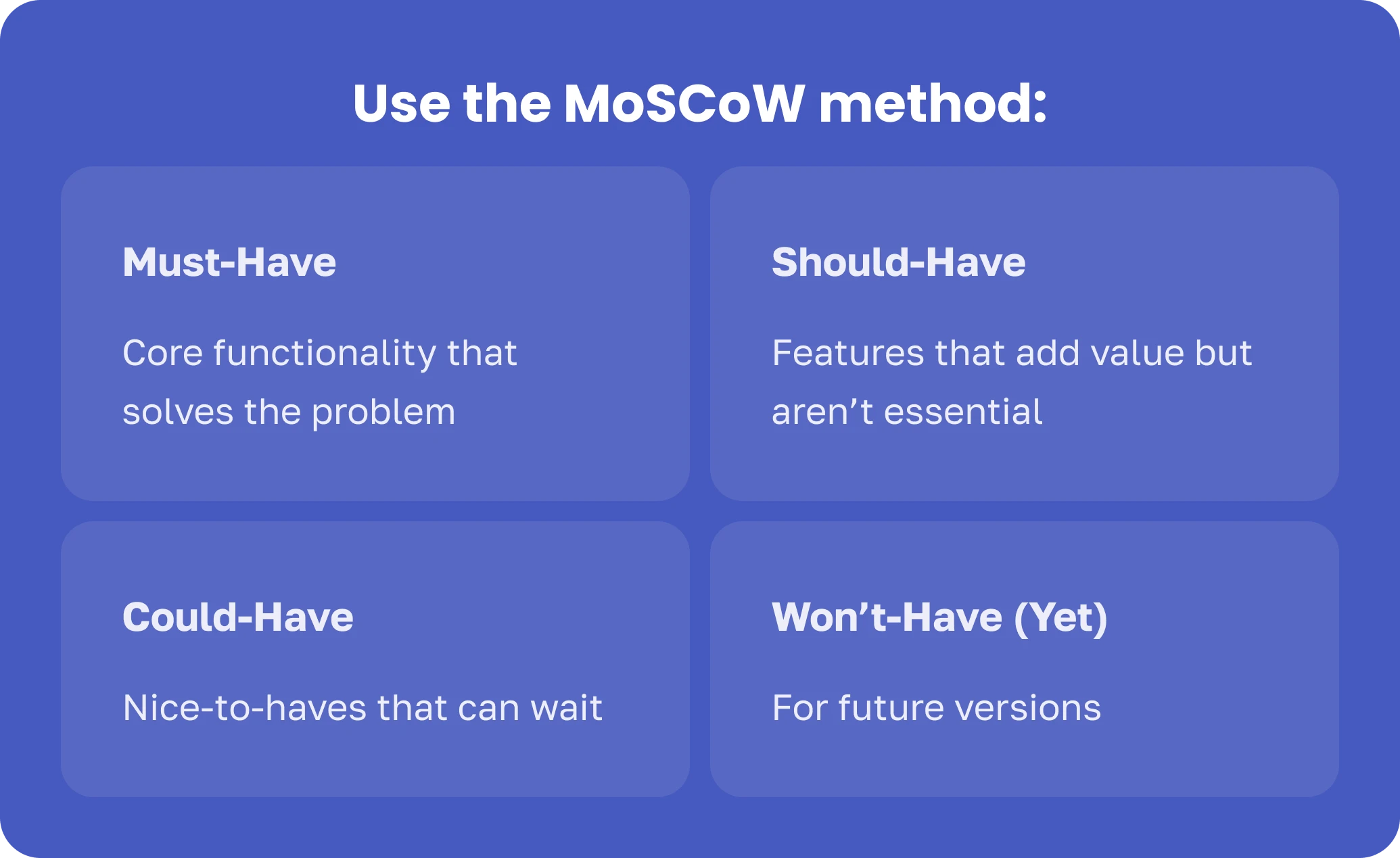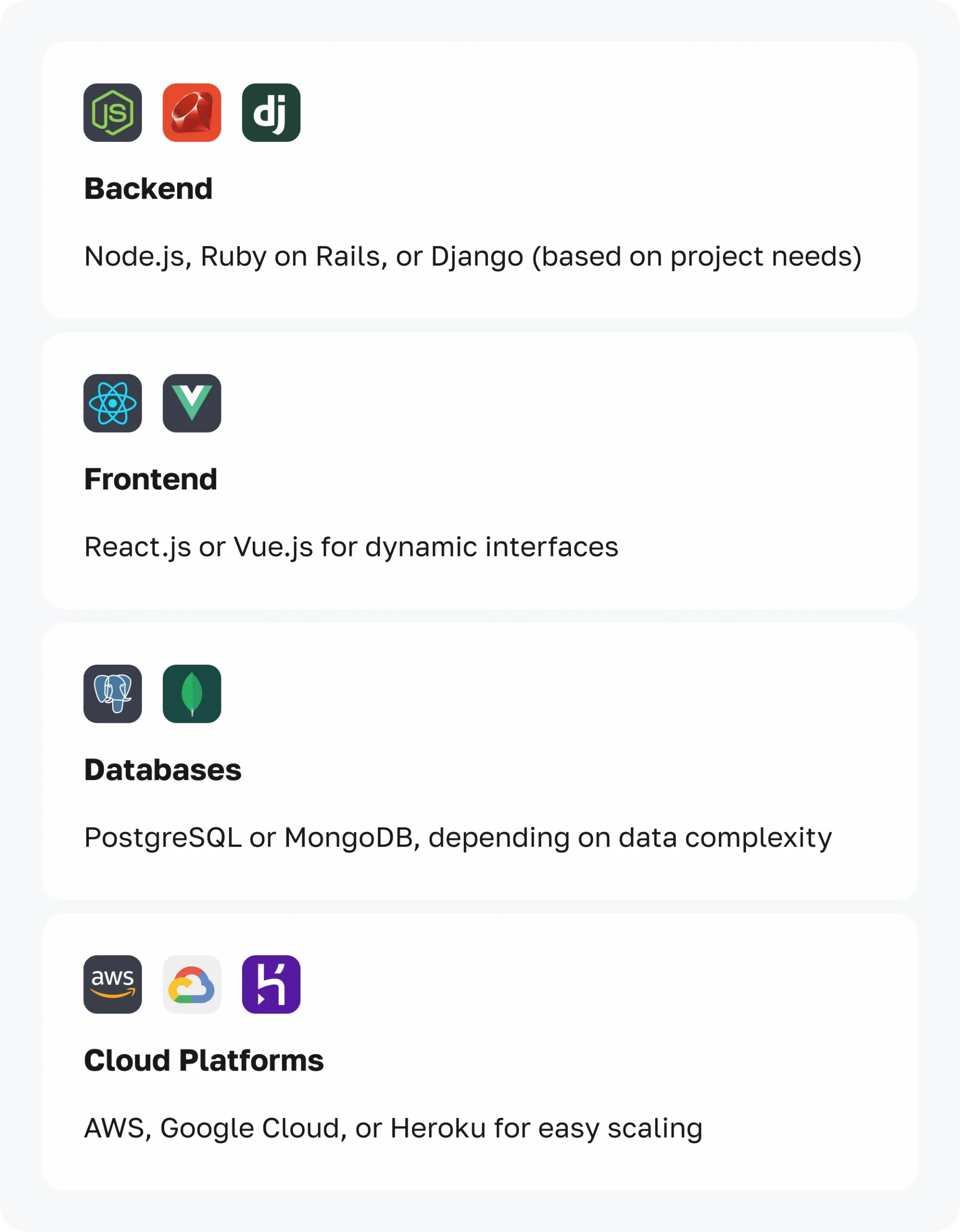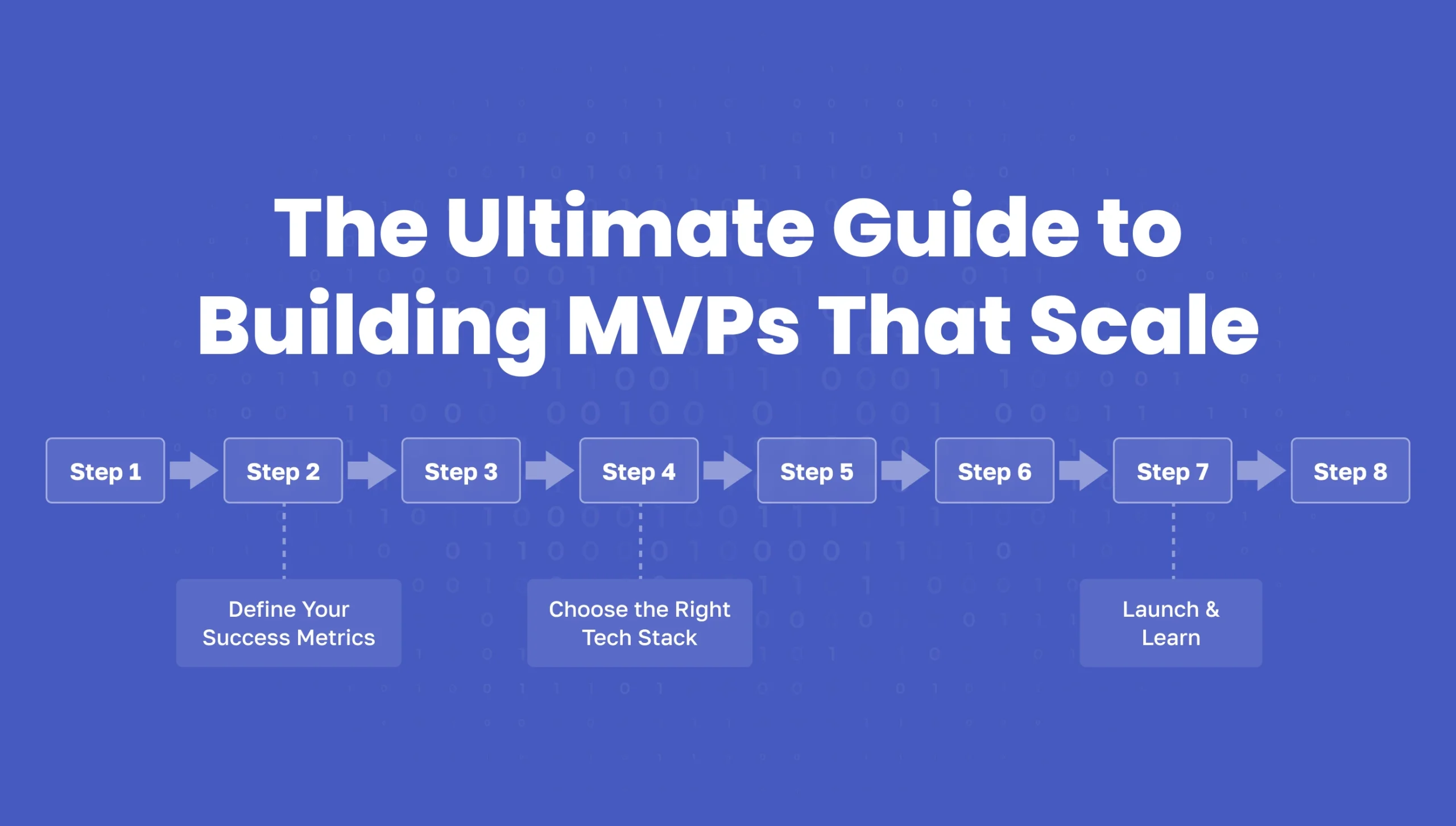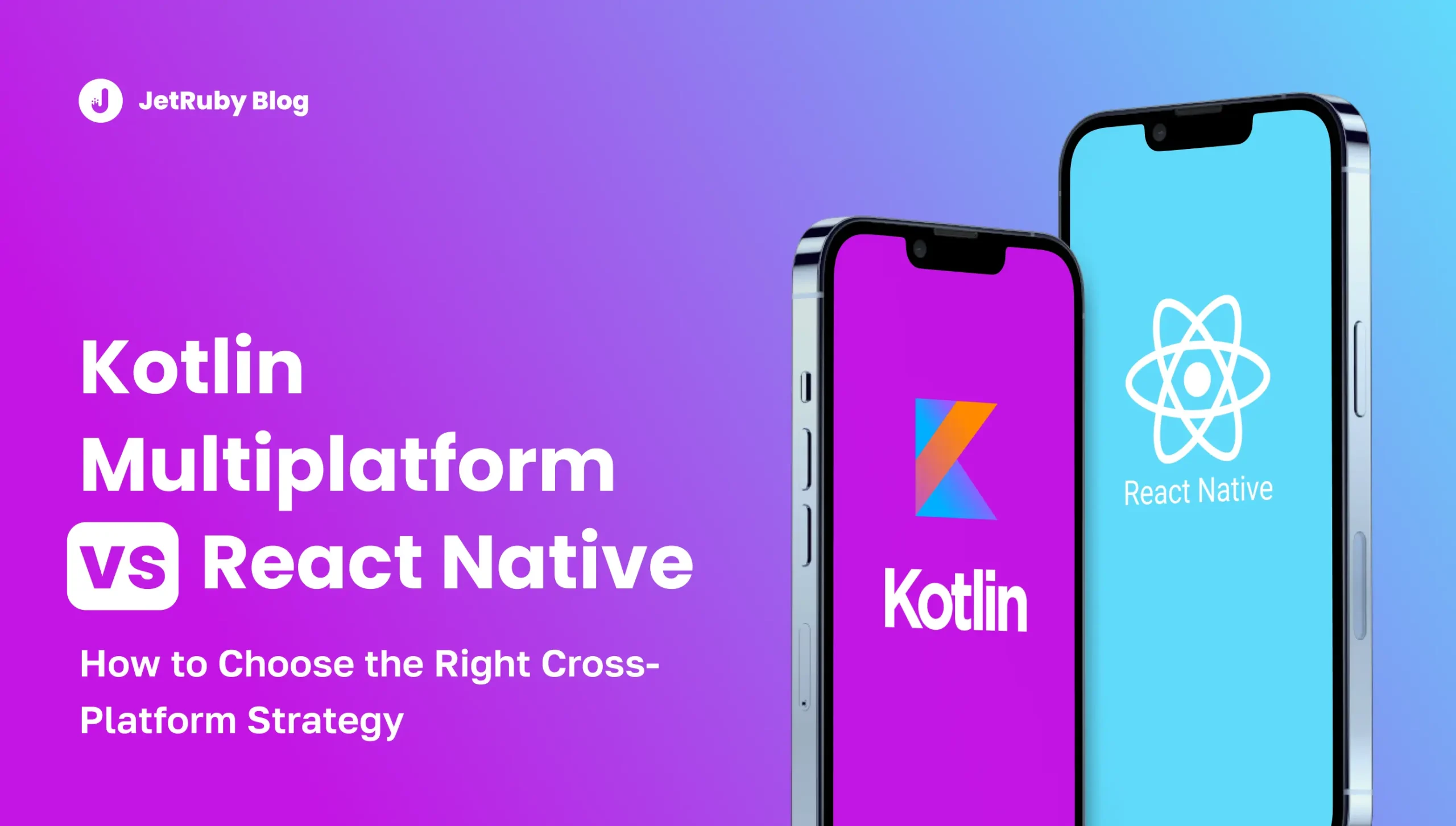Table of Contents
In the fast-moving world of startups, launching quickly is essential — but scaling effectively is what defines long-term success. At JetRuby, we’ve helped dozens of startups move from initial idea to scalable product, and one thing is clear: building an MVP (Minimum Viable Product) is just the beginning.
In this guide, we’ll walk you through building an MVP that validates your idea and lays a strong foundation for future growth.
What Is a Scalable MVP?
An MVP is a simplified version of your product that includes only the core features necessary to solve a specific problem for early adopters. However, a scalable MVP takes it a step further — it considers long-term growth from the start.
Key Traits of a Scalable MVP:
- Modular architecture that allows easy addition of new features
- An efficient codebase that doesn’t require a complete rewrite later
- Data structure designed to grow with user demand
- Design a clean and flexible UI/UX that you can easily extend
Step 1: Validate the Core Idea
Before writing a single line of code, ensure there is a real problem worth solving.
How to validate:
- Conduct interviews with your target audience
- Use surveys or landing pages to gauge interest
- Launch no-code prototypes or simple landing pages
Focus on solving real problems, not just building solutions.
Tip: Avoid falling in love with your solution. Fall in love with the problem you’re solving.
Step 2: Define Your Success Metrics
A successful MVP should prove one thing: that people are willing to use (and eventually pay for) your product.
Questions to ask:
- What metric indicates genuine user interest? (e.g., sign-ups, daily active users)
- What’s the minimum traction needed to justify further development?
- How will you gather and measure user feedback?
Step 3: Prioritize Features Ruthlessly
Every startup wants to launch with a polished, feature-rich product. But that’s not the MVP mindset.

Use the MoSCoW method:
- Must-Have: Core functionality that solves the problem
- Should-Have: Features that add value but aren’t essential
- Could-Have: Nice-to-haves that can wait
- Won’t-Have (Yet): For future versions
Step 4: Choose the Right Tech Stack
Selecting a tech stack with scalability in mind is crucial. At JetRuby, we often recommend technologies like:

- Backend: Node.js, Ruby on Rails, or Django (based on project needs)
- Frontend: React.js or Vue.js for dynamic interfaces
- Databases: PostgreSQL or MongoDB, depending on data complexity
- Cloud Platforms: AWS, Google Cloud, or Heroku for easy scaling

Tip: Don’t over-engineer. Choose proven tools that your team can iterate with quickly.
Step 5: Build for Change
While the MVP should be simple, it shouldn’t be a dead end. Make sure the product architecture is ready for the following stages.
- Use modular code that can be reused or replaced
- Implement API-first design for future integrations
- Consider microservices if your product expects high traffic or complexity
Step 6: Test Early, Test Often
Don’t wait until launch day to find bugs or UX issues.
Make sure to include unit and integration tests to ensure your code works as expected. Combine that with manual testing involving real users to catch usability issues. Most importantly, build in feedback loops so you can quickly iterate and improve based on what you learn.
Step 7: Launch & Learn
Once your MVP is live, your real job begins. Use analytics, interviews, and behavior tracking tools like Mixpanel or Hotjar to understand how users interact with your product.
Key mindset: Launch, learn, iterate, repeat.
Step 8: Plan for Scaling
You’ve validated the idea, and users are responding. What now?
To scale:
- Optimize performance (code, database, infrastructure)
- Automate repetitive tasks (e.g., user onboarding, support)
- Strengthen security and compliance (especially in fintech, healthtech, etc.)
- Prepare for investment by documenting KPIs and growth metrics
Final Thoughts
An MVP isn’t just a stepping stone — it’s the foundation of your future product. When built strategically, it does more than test assumptions: it enables rapid iteration, attracts early users and investors, supports scaling, and avoids technical debt. A smart MVP isn’t about doing less — it’s about learning more, faster, and building in a way that supports long-term growth.
At JetRuby, we combine technical expertise, lean startup thinking, and a deep focus on product-market fit to help founders move from idea to launch — fast. Whether you’re just starting or preparing for a major launch, we’ll help you identify the core of your product, choose the right tech, and build an MVP that grows with your business.
Let’s talk — and turn your vision into a scalable reality.





